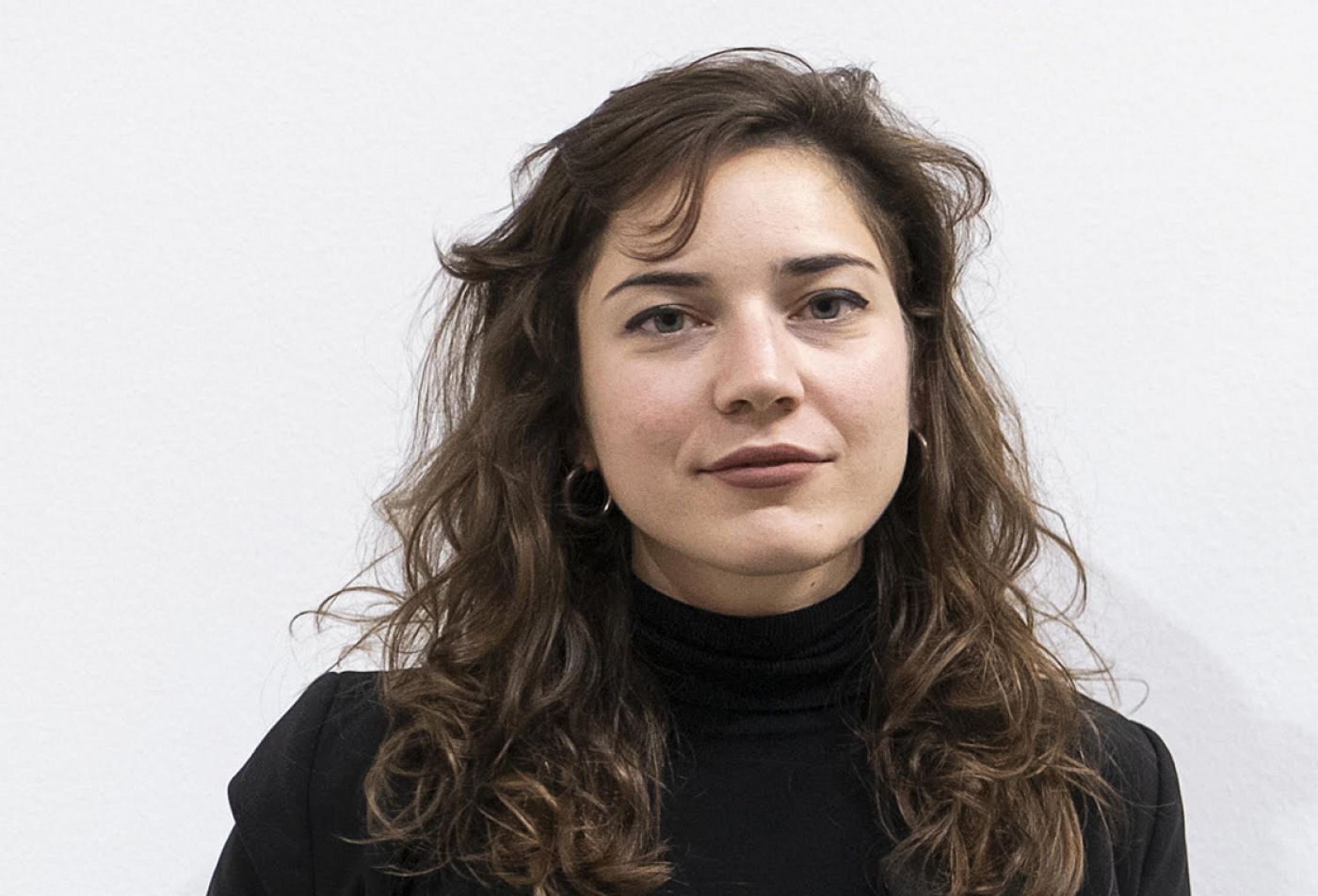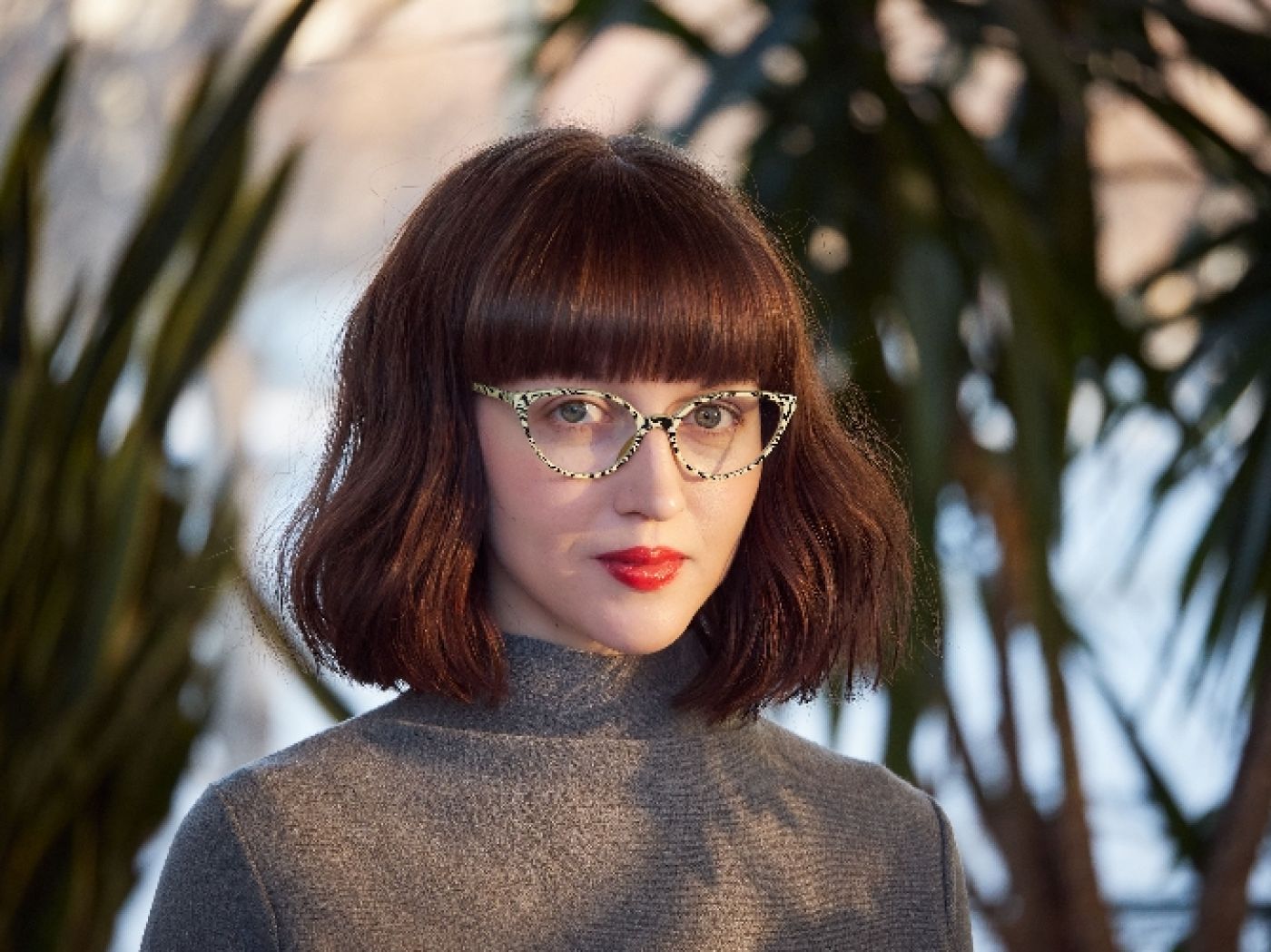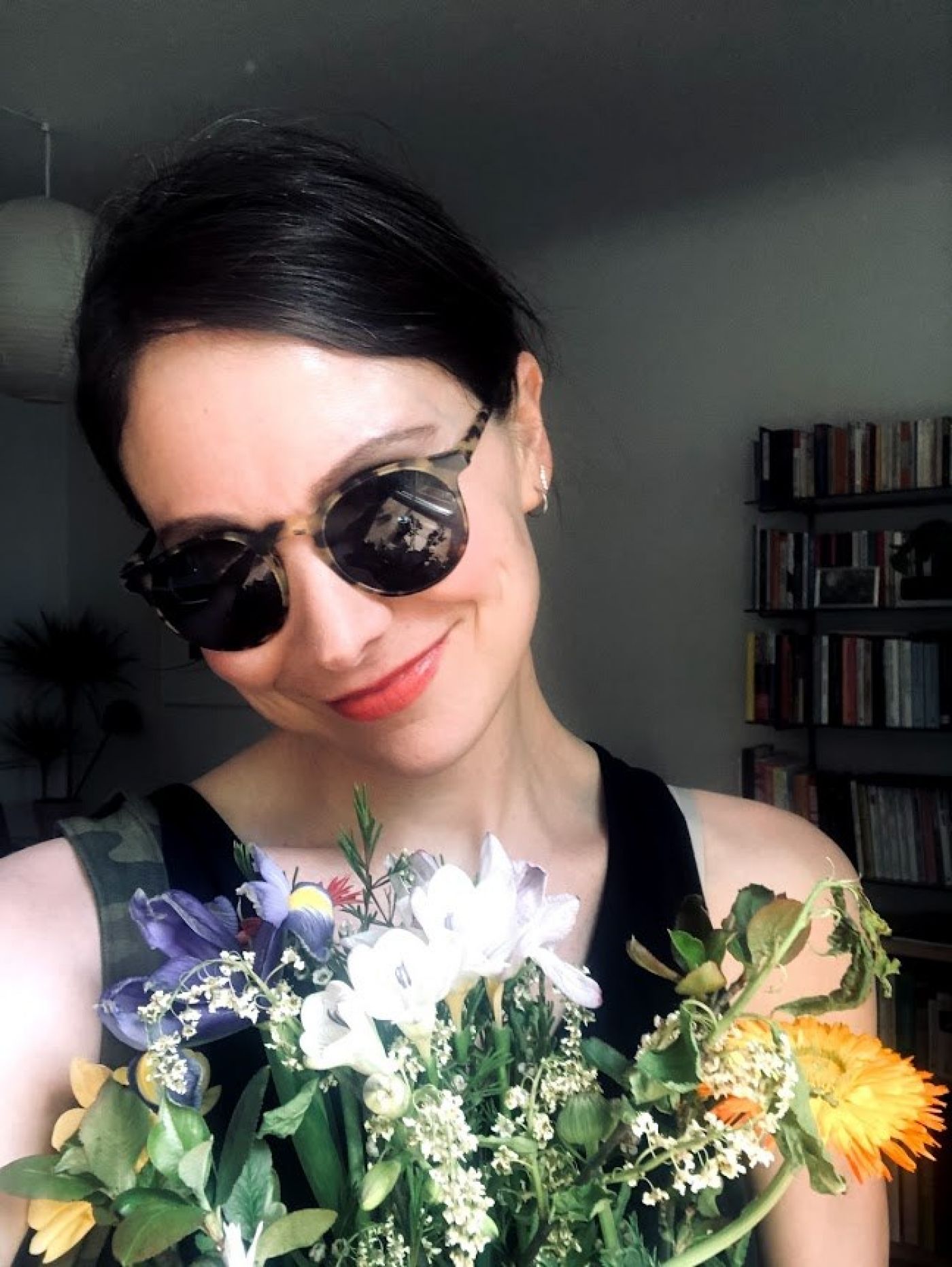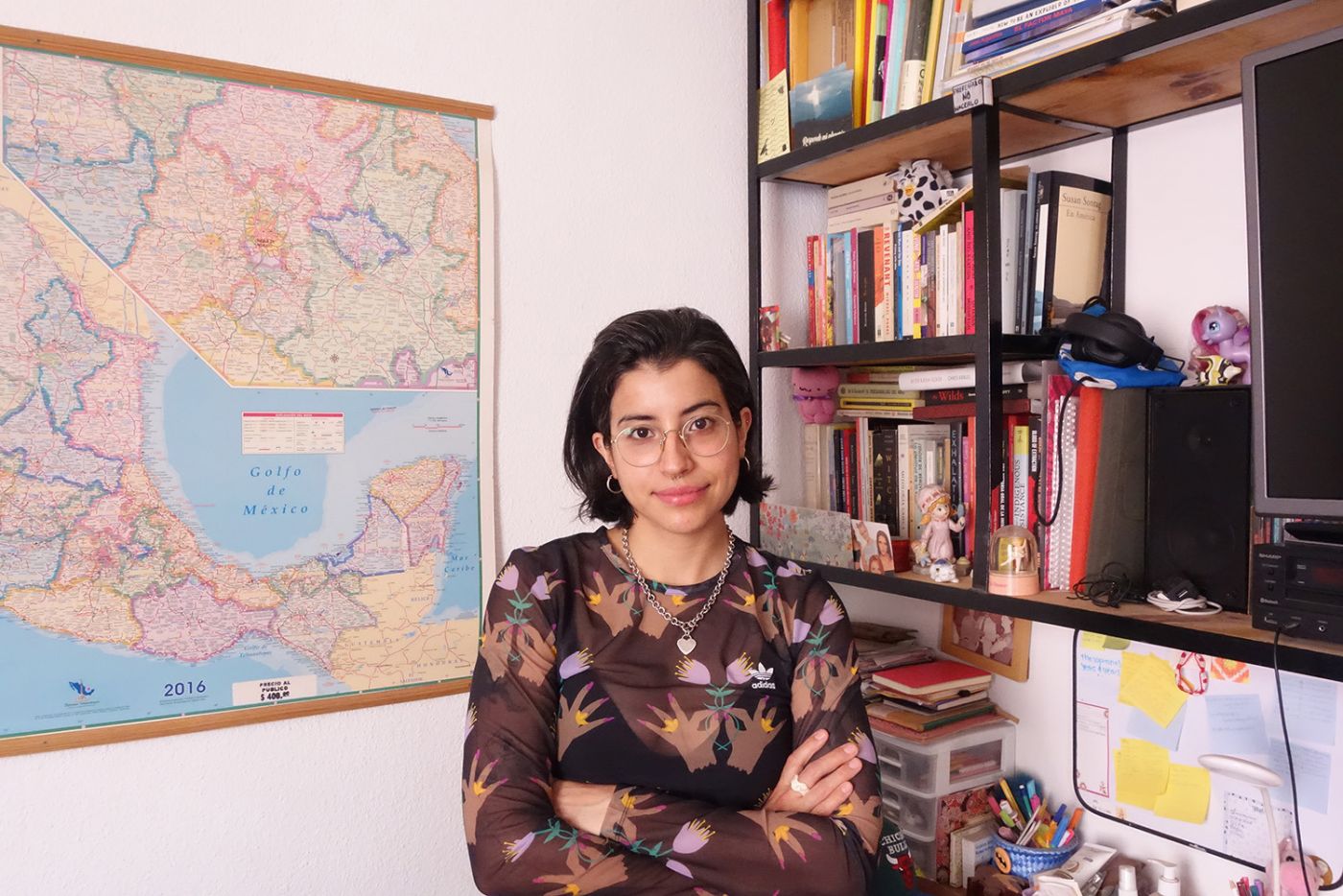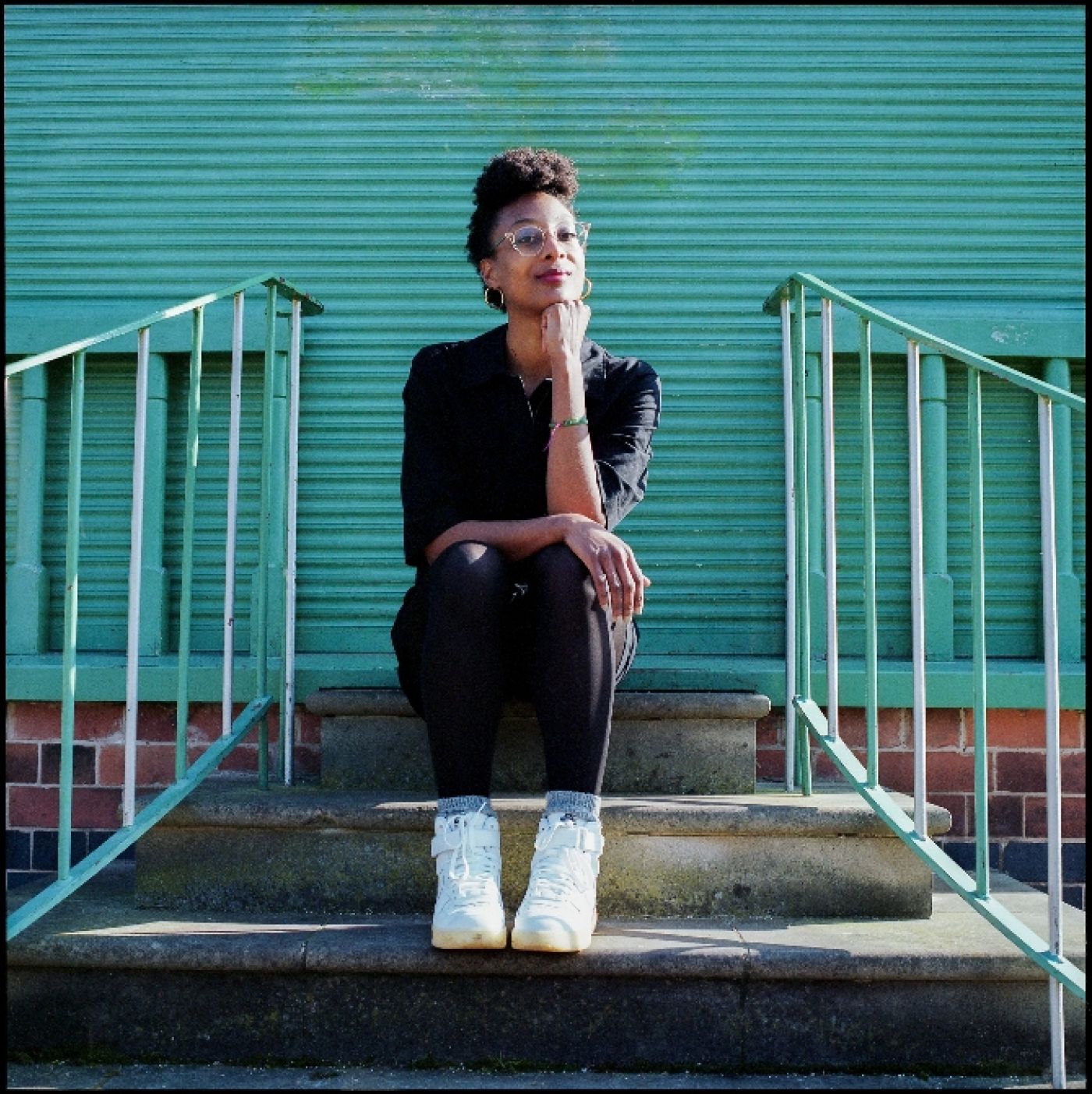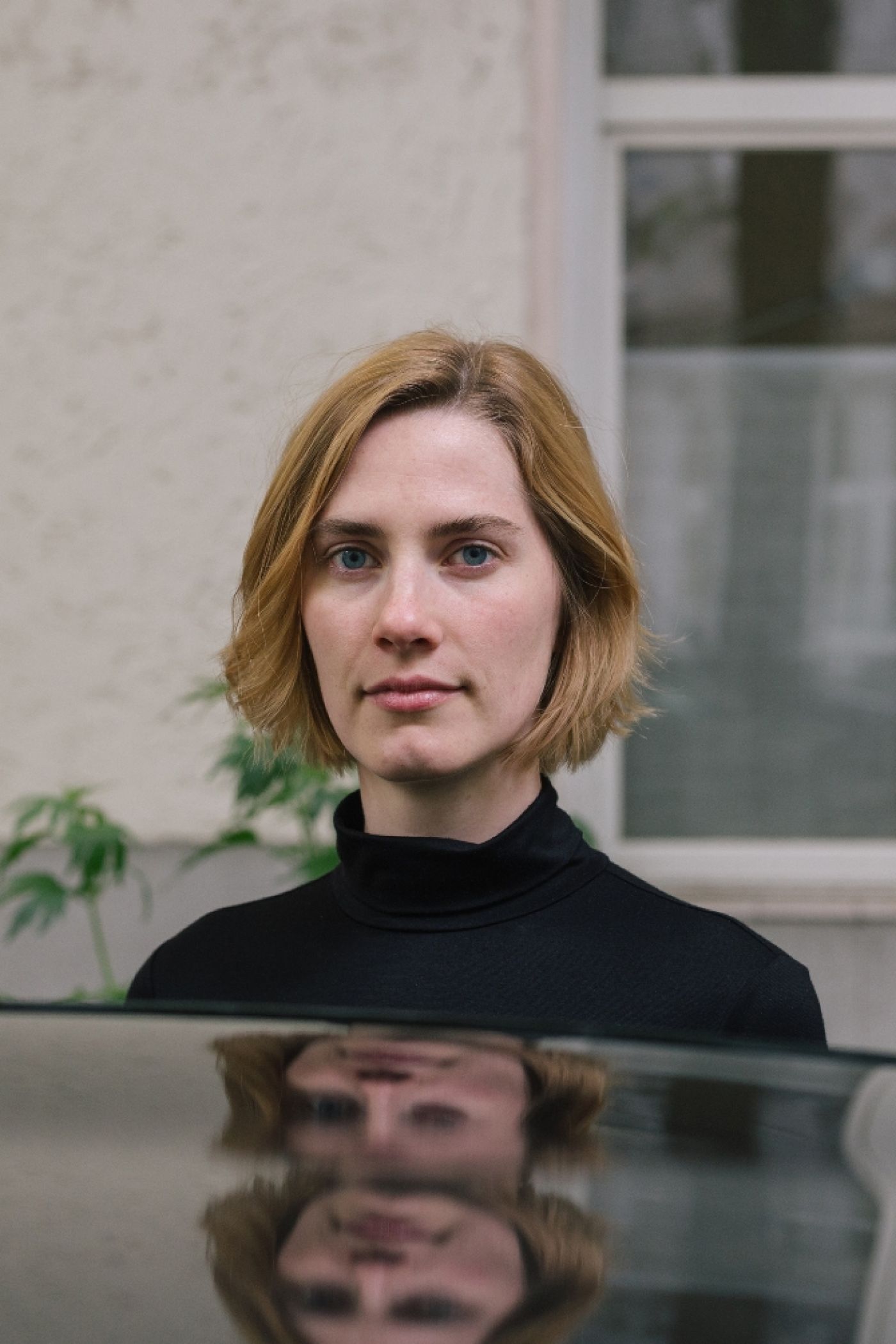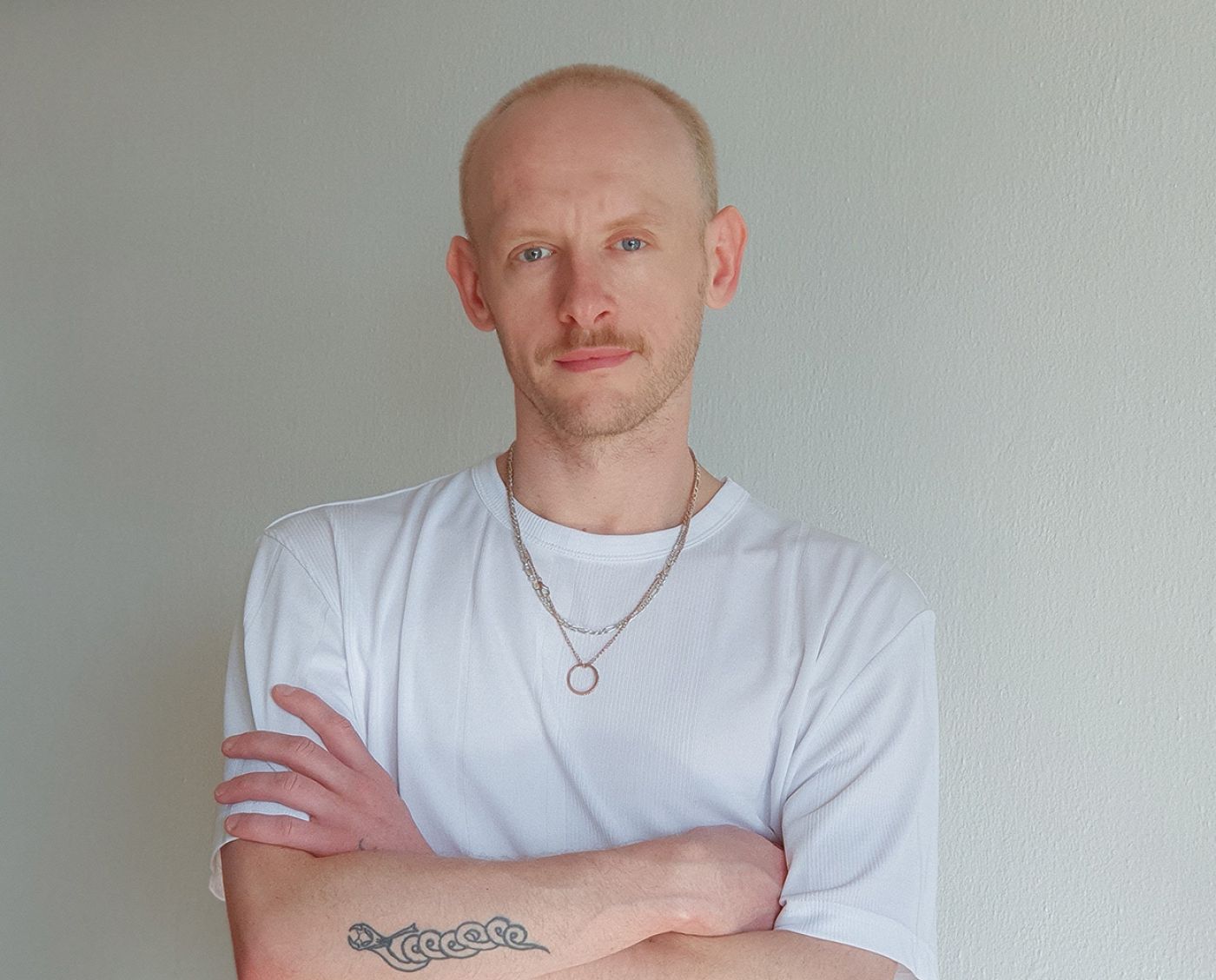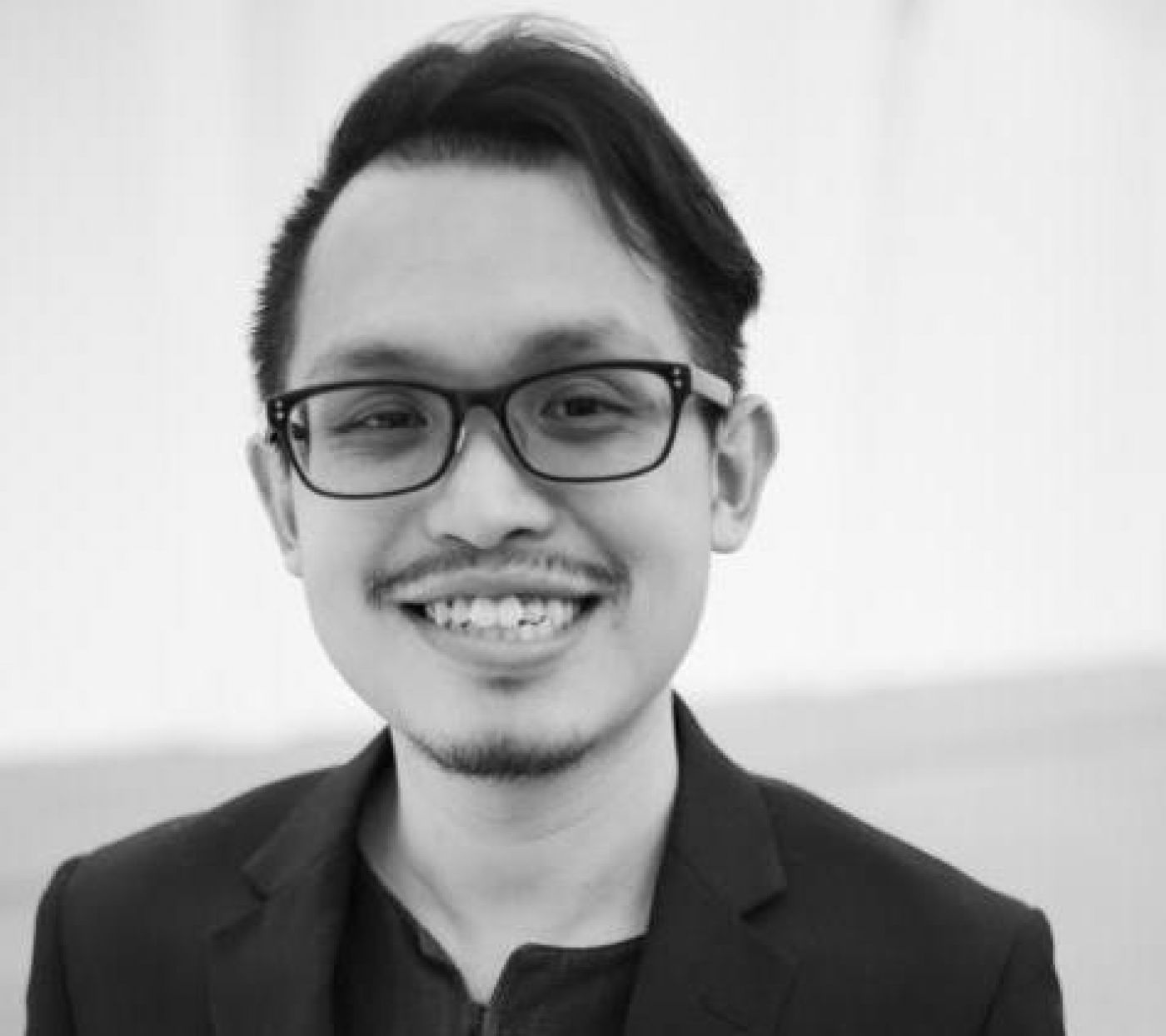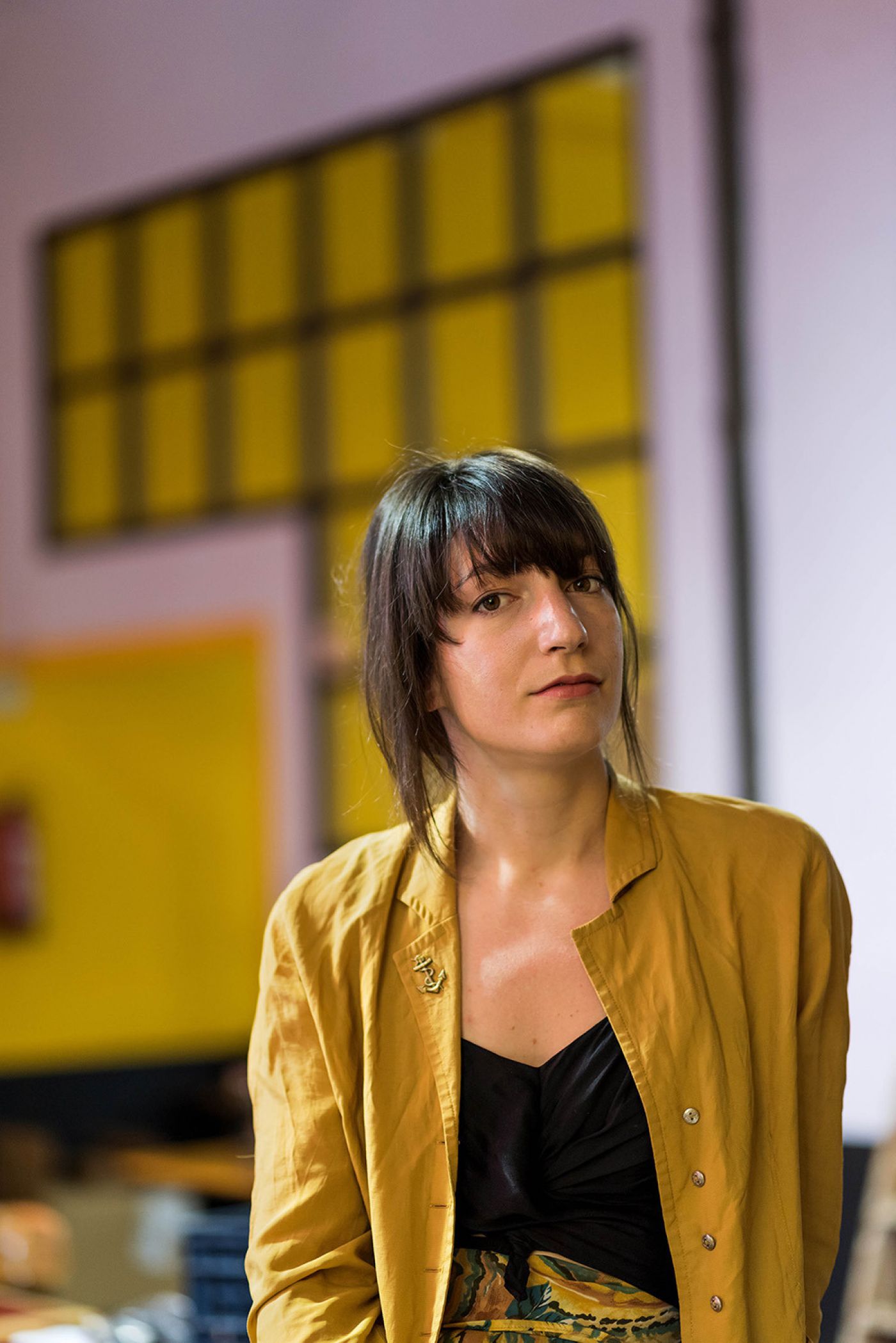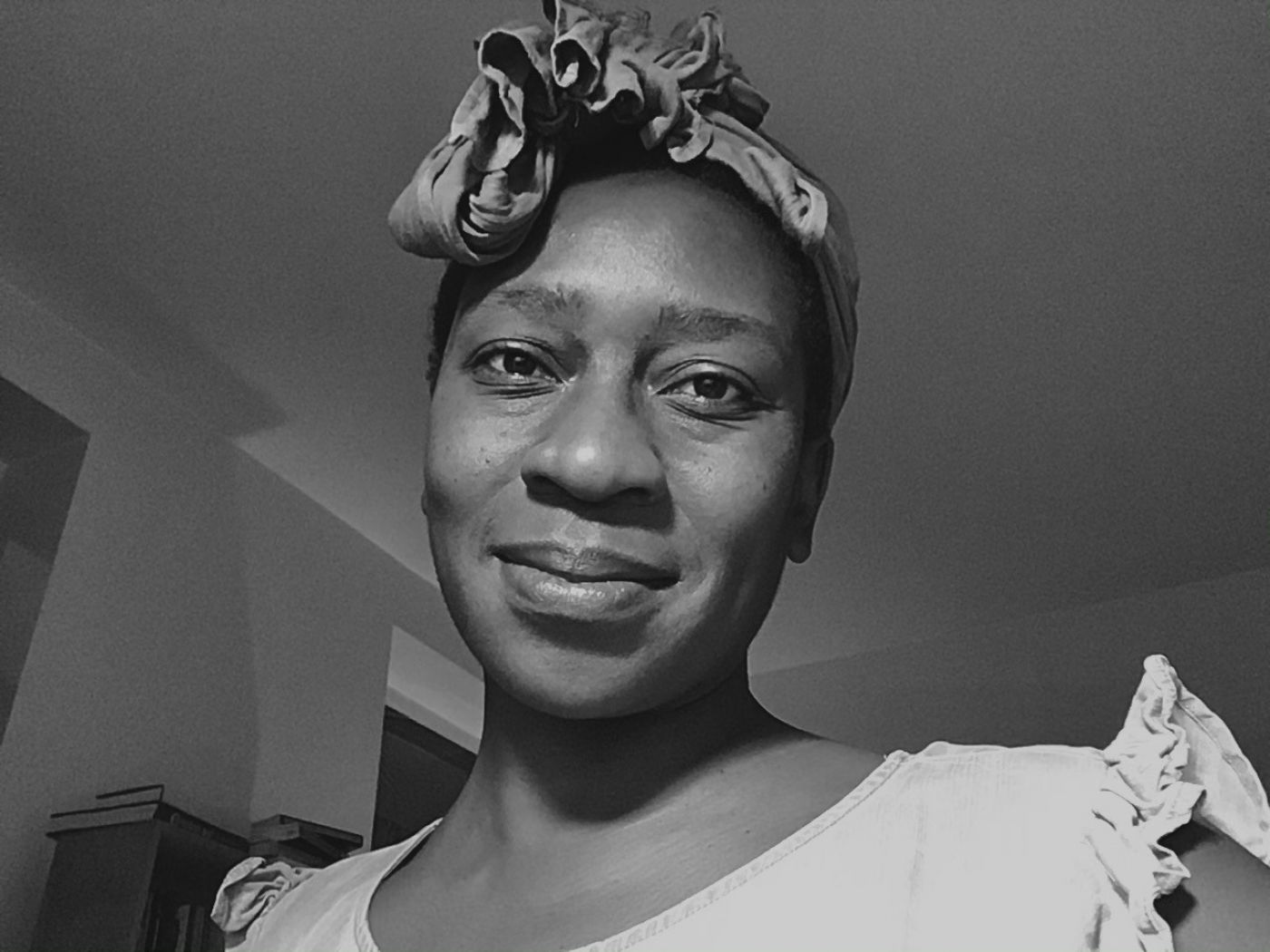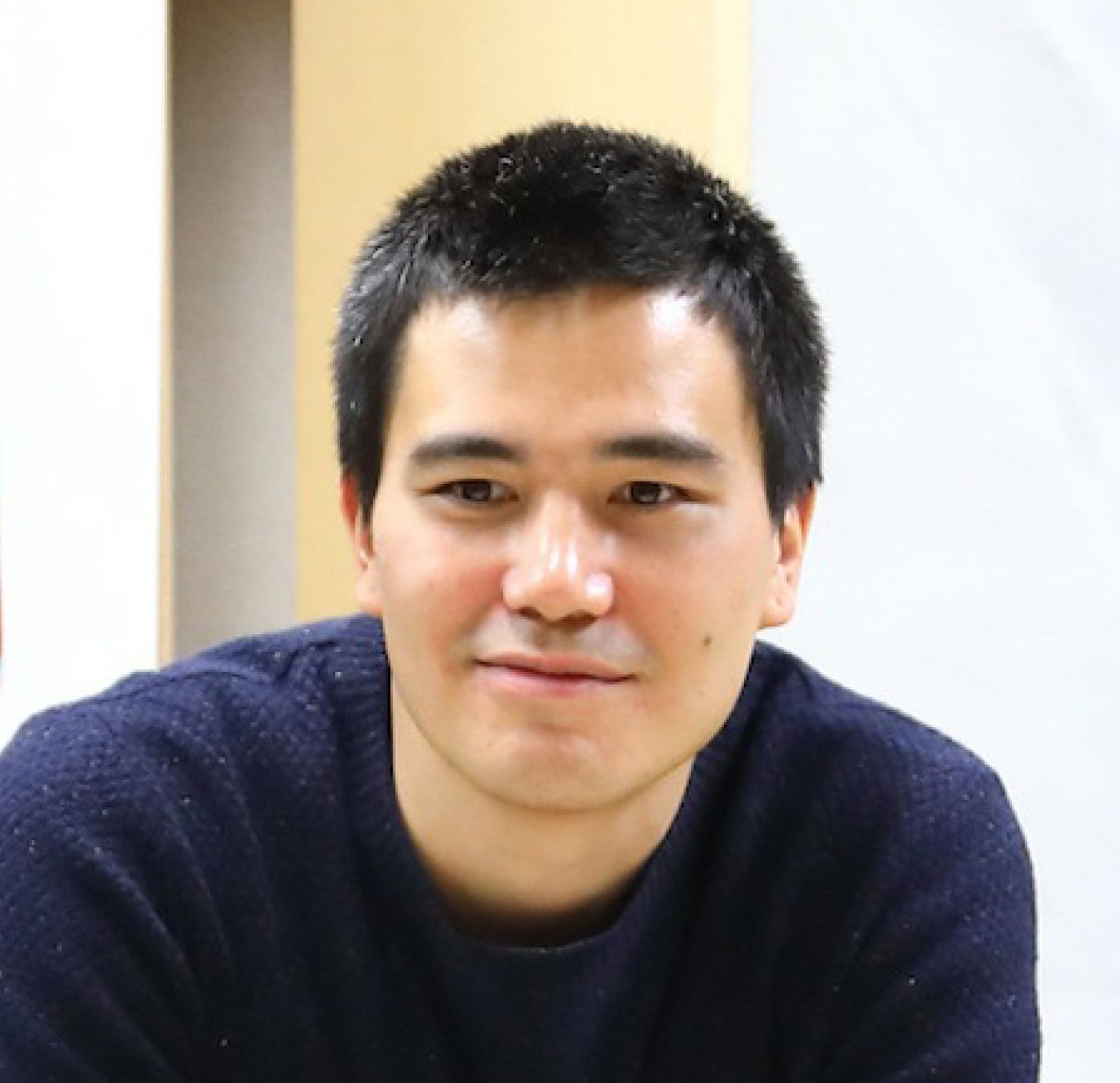Alexander Burenkov on Healing
In the middle of a pandemic that has led to a time of unprecedented global disunity, alienation and social instability, artists have emerged with a type of experiential work that provides methods of healing and care. These practices have restorative and relaxing capacities meant to maintain mental health, to overcome increased anxiety and to simply calm down. They include manuals on how to reconnect with nature and oneself by addressing ancestral knowledge, embracing ancient rituals and by attending online mediation courses – all from the comfort of sitting in front of a laptop.
There has, for example, been a proliferation of online yoga – be it yoga in the form of a collective Deep Listening session on Zoom to interpret Pauline Oliveros’s aural techniques or weekly digital kundalini yoga classes designed by French Guyana–based artist Tabita Rezaire to help strengthen immune systems in times of turbulence and anxiety. In her visual practice, Rezaire explores contemporary implications of post-cyberfeminism, techno-shamanism and the actualisation of ancient sacred healing practices, tools which she uses to cope with the harmful influence of technology and what many call “progress”. These are coupled with AMAKABA, a healing centre where Rezaire’s vision of a camp constructed deep in the Amazonian forest has come to life, providing a space away from information overload as well as a space for collectivity and therapeutic practices working at the intersection of science, art and the spiritual rituals of Indigenous peoples of Latin America. Another certified yoga instructor, Russian artist Sofya Skidan, deconstructs the asanas of hatha and ashtanga vinyasa yoga in her installation and performance works. She melds Eastern spiritual practices with post-humanist theory, reflecting on complex issues like the climate crisis and the ecological instability of the Anthropocene, and raises questions about new perceptions of identity in the context of technogenic culture.
Other artists, meanwhile, are critiquing capitalism’s co-opting of the wellness industry while simultaneously acknowledging and promoting the importance of self-care. In a project commissioned for the online edition of the 13th Gwangju Biennial, Polish artist Ana Prvački responded to global transformations sparked by the pandemic by proposing artworks that function like a facelift: In a series of three videos, she markets her imagined solutions for pandemic-related anxiety, including the CGI Multimask, which can beautify, protect and cover up a nervous breakdown. Prvački approaches the wellness, healing and beauty industries with irony and language borrowed from advertising and start-ups, yet she also believes that care is an essential part of life. Her interest in wellness comes from a place of sincerity: She regularly doles out skincare and recipe recommendations in her personal life and fills her house with a jungle of plants.
Physical and mental health, however, are unfortunately not often seen as a priority in the artworld. Taking cues from artists working with healing practices and methods of care, the artworld should use the time of the pandemic as an opportunity to rethink its values and priorities by reorienting itself towards a more sustainable and restorative model.
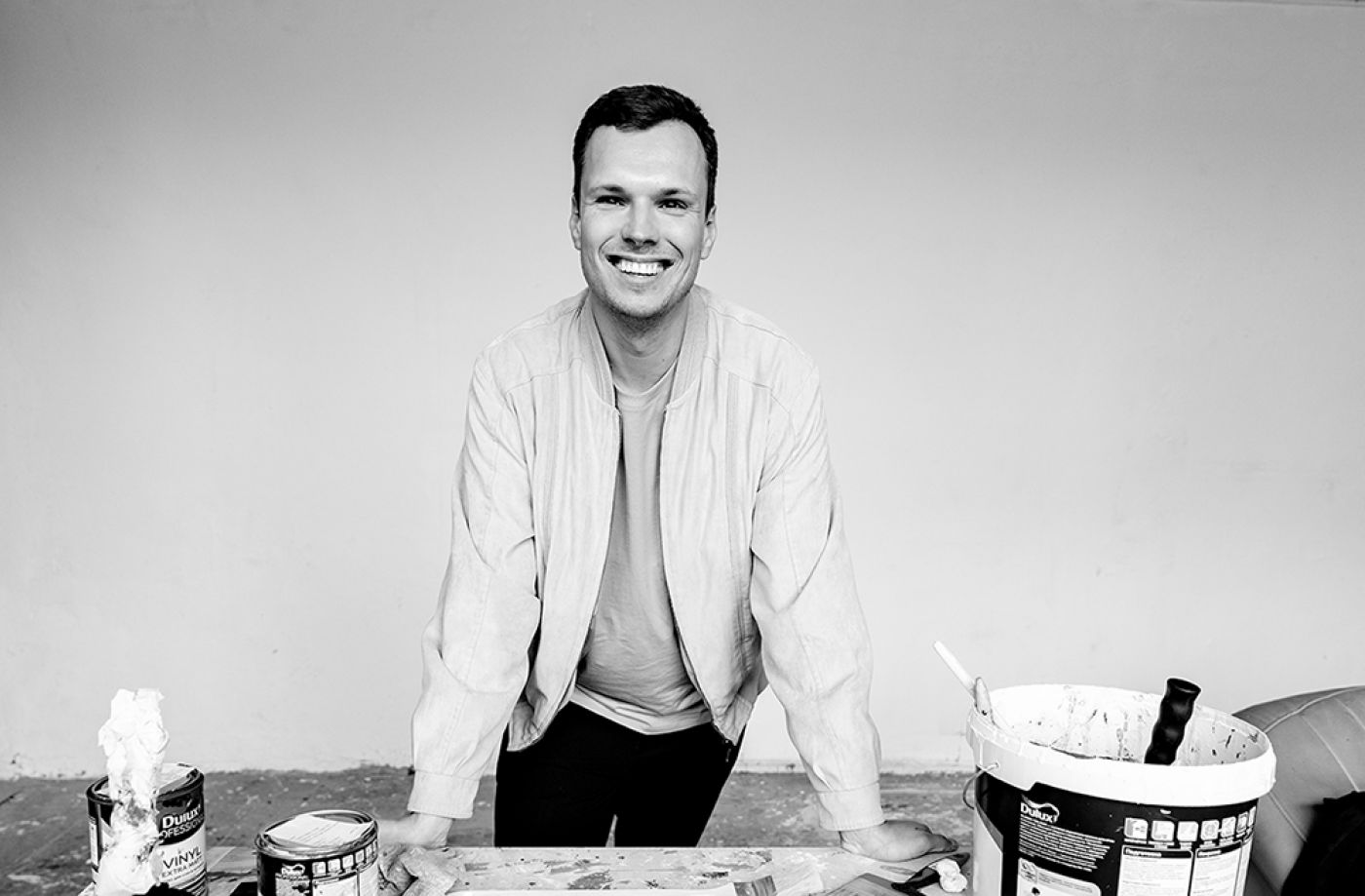
Alexander Burenkov is an independent curator, cultural producer, art critic and writer whose work navigates contemporary visual culture and socio-technical systems including ecology and the web. He teaches curatorial research and contemporary art curation at Sreda Obuchenia School, Moscow School of Contemporary Art and RMA Business School. In June 2021, he launched the app Yūgen, which was supported by the Porto Design Biennial and features an ever-growing collection of artist-led exercises to help one reconnect with nature and oneself.
